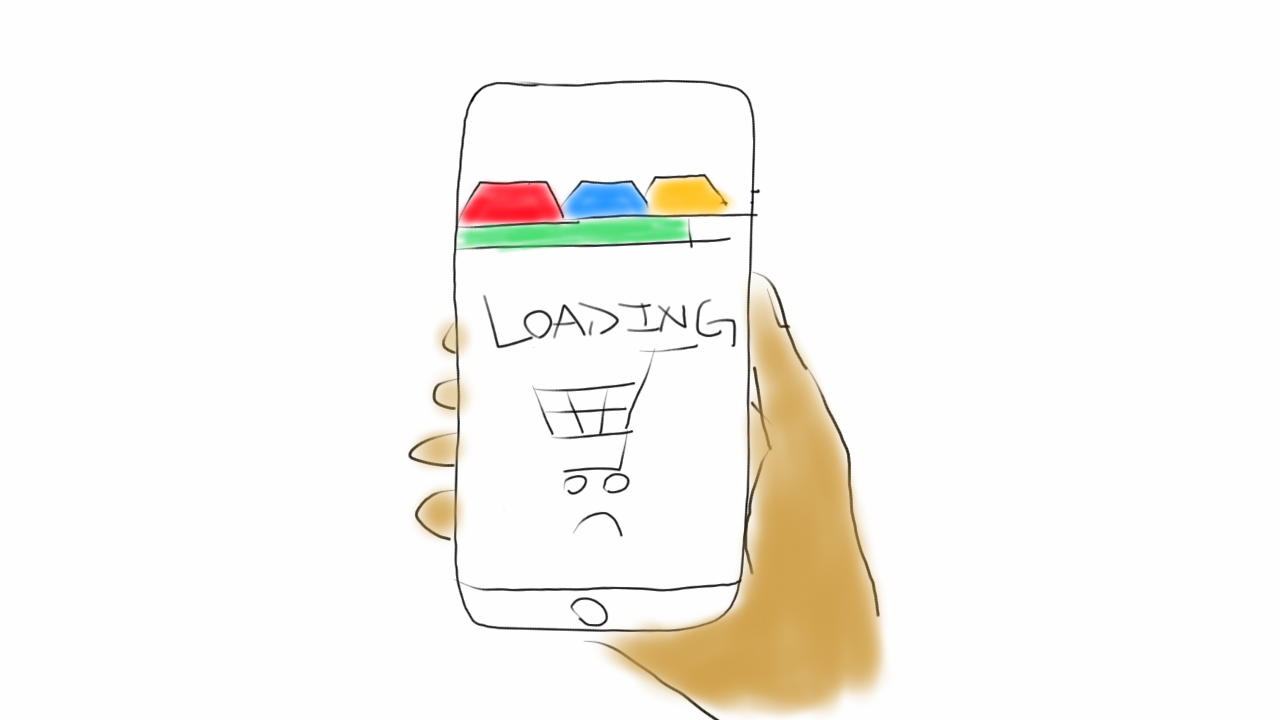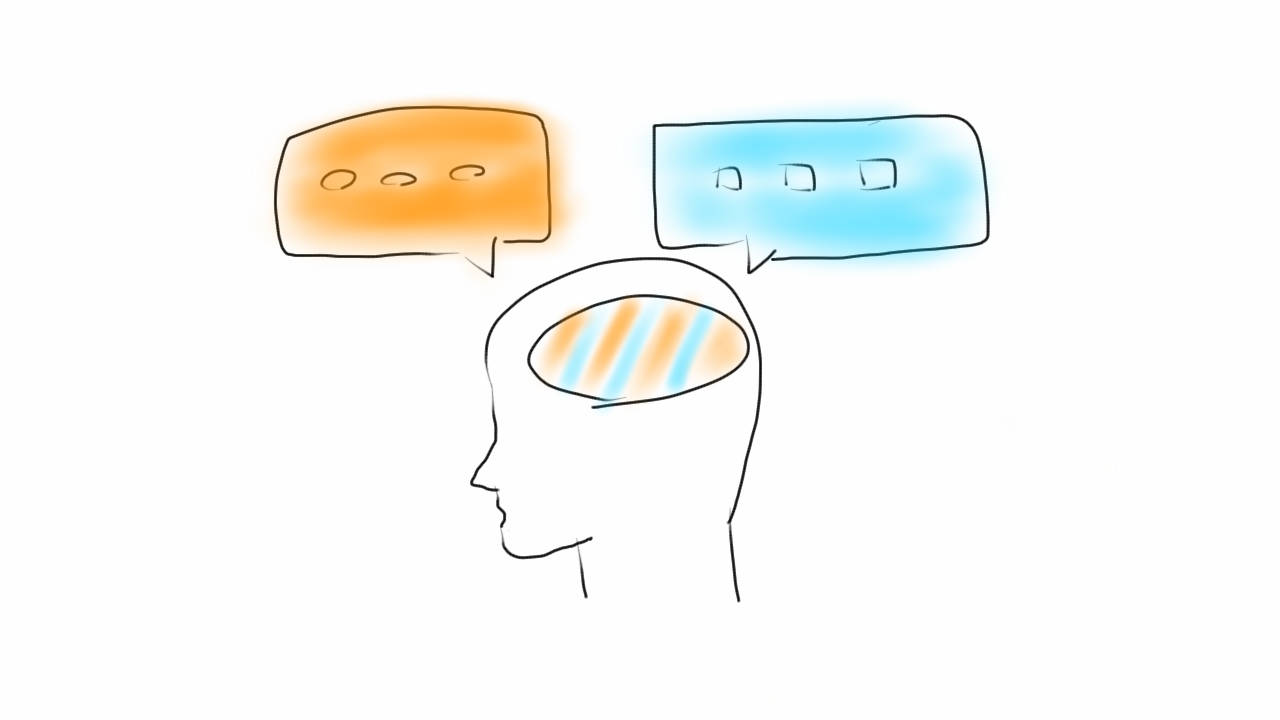30 Nov 2015

Cyber Monday has become a challenge for both consumers and retailers as the online shopping has become the rule and not the exception. More consumers and retailers have embraced the idea of online deals and this year, increased traffic has caused an outage on some of America’s largest shopping websites such as Target and PayPal. An analysis of recent years cyber shopping trends was published on CNBC and below is a short summary of the article.
This Cyber Monday, retailer websites have suffered due to 1) increased traffic and 2) increased website bloat. According to Dynatrance, a digital performance tracking platform, websites have gotten feature heavy and consumers have noticed slow load times and bugs. It seems the combination of the two trends, increasing popularity of cyber shopping and increasing complexity of retailer websites, have created a chaotic drain on website resources. Dynatrance claims that retailers performed better this year than in 2014.
Retailers are focused in maintaining their websites. The larger retailers have an additional 10 to 20 machines running and smaller retailer rely on the cloud. ChannelAdvisor, an e-Commerce optimization firm, claims that for every hour a retailer’s website is down, the retailer loses an estimate of 4% of their revenue for the day. In Dynatrance’s poll of more than 5000 people, 75% of smartphone and tablets users say they would abandon a retailers’ mobile site or app if it was too buggy. 50% of adults in the survey also claim that they would find an alternative if app/site took more than 3 seconds to load. Another interesting thing to note is that consumers were flocking to retailers’ mobile sites instead of downloading their app.
Source: Krystina Gustafson http://www.cnbc.com/2015/11/30/cyber-monday-why-retailers-cant-keep-their-sites-from-crashing.html
29 Nov 2015

Researchers looked at the data of 608 patients, part of the Nizam’s Institute of Medical Sciences stroke registry in Hyderabad, India. Researchers found that there were twice as many bilingual patients with intact cognitive functions than monolinguals following a stroke. On the other hand, monolinguals suffered a higher rate of cognitive impairment than the bilinguals involved in this study. The study concludes that there were no significant lifestyle difference between bilinguals and monolinguals as age and risk factors varied similarly between these two groups.
The study involved using a cognitive evaluation tool for Telugu and Hindu called the Addenbrooke’s Cognitive Evaluation-Revised (ACE-R), as well as brain imaging techniques such as MRI.
Sources: Marta Cooper http://qz.com/561185/being-bilingual-could-mean-you-are-twice-as-likely-to-recover-from-a-stroke/ and the American Heart Association http://stroke.ahajournals.org/content/early/2015/11/19/STROKEAHA.115.010418.full.pdf+html
26 Nov 2015

Norway has a generous subsidy for the purchase of electric cars. A diesel car costs more than a electric car due to the 25% sales tax and the registration tax that an electric car will be exempt from. Furthermore, drivers of electric cars will not have to pay expensive parking fees and tolls. This has spurred Norwegian residents to buy electric cars one out of five times this year (2015). By September this year, there were 66,000 all-electric cars on the roads of Norway. Many critics of the program do not see enough benefits to justify the costs. Anders Skonhoft, economist at the Norwegian University of Science and Technology, claims that this program only cuts carbon dioxide emission by 0.1%. On the other hand Christina Bu, the head of Norwegian Electric Vehicle Association, believes that “if we can continue like this until 2020, we will change the car industry,” suggesting that demand for electric cars would increase by the time the program will end.
Source: David Jolly of the New York Times (10/19/15)


